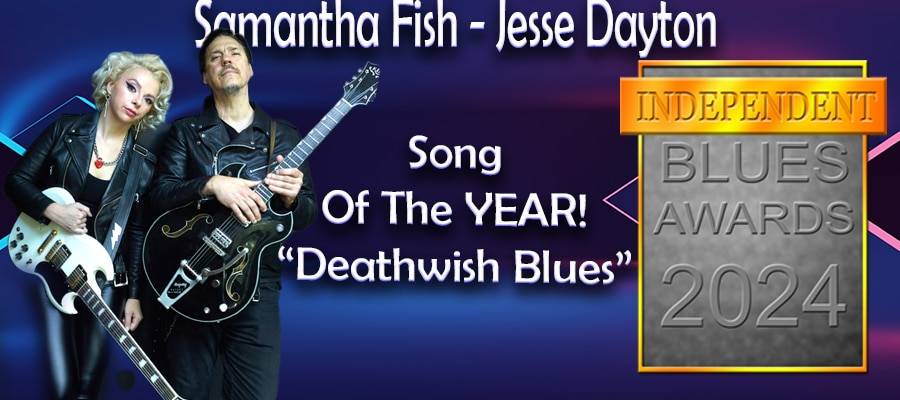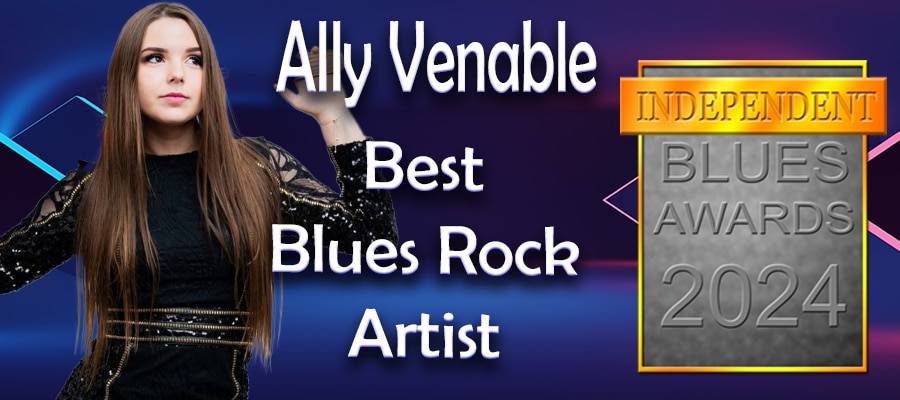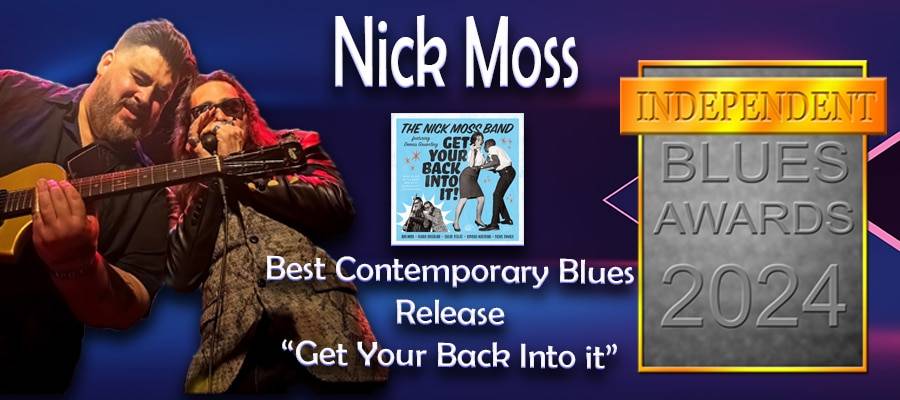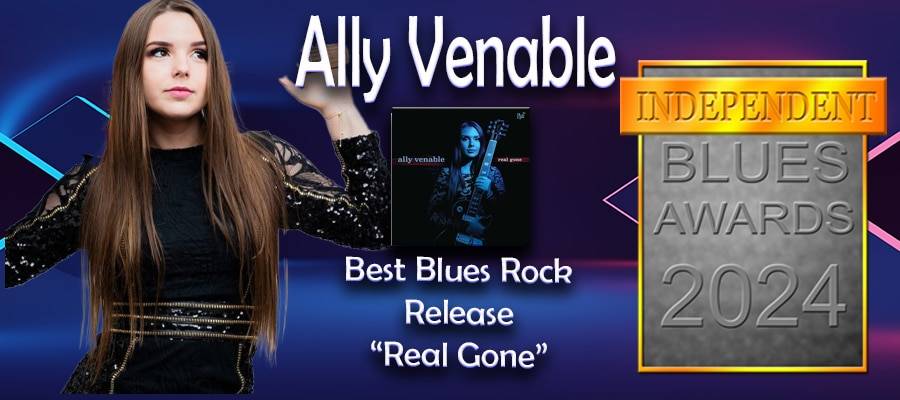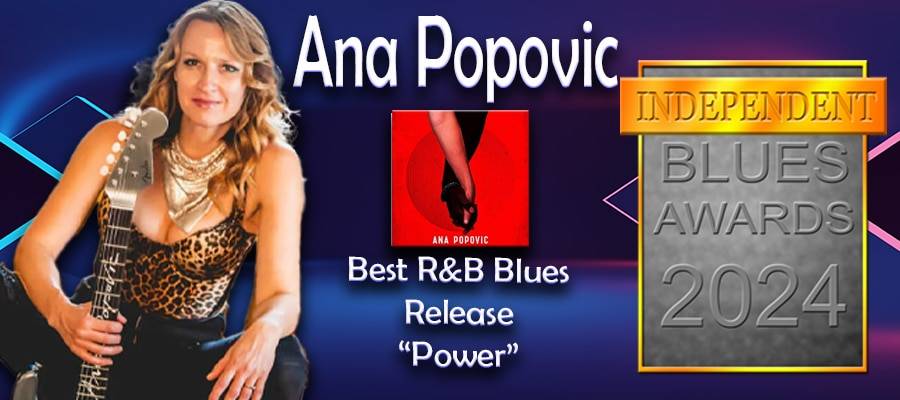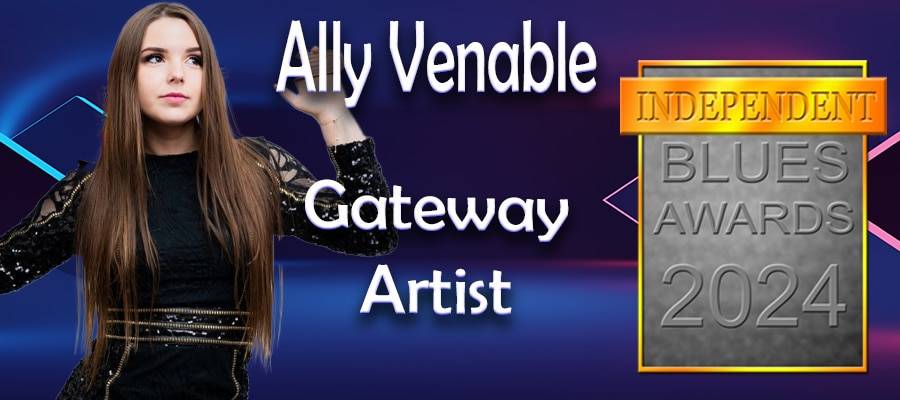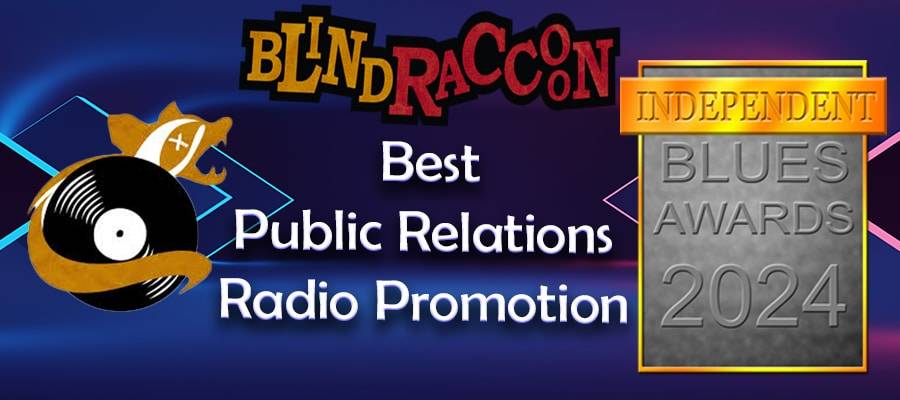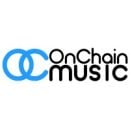The Truth about Spotify
Making a Scene looks at the Truth about Spotify
Introduction
 There is no argument that consumer has embraced streaming as a way to consume music! For the consumer this is a no brainer, you don’t have to store you music on a shelf, you don’t have to fill up your phone’s memory with mp3’s and for a small monthly fee of $10-$15 a month you can have access to almost everything that has been recorded in the last 125 years. As a result the consumer no longer looks at recorded music as a product to purchase anymore. The convenience and vast scope of music that is available through this format for the consumer makes it almost impossible to return to the days where recorded music was something to own.
There is no argument that consumer has embraced streaming as a way to consume music! For the consumer this is a no brainer, you don’t have to store you music on a shelf, you don’t have to fill up your phone’s memory with mp3’s and for a small monthly fee of $10-$15 a month you can have access to almost everything that has been recorded in the last 125 years. As a result the consumer no longer looks at recorded music as a product to purchase anymore. The convenience and vast scope of music that is available through this format for the consumer makes it almost impossible to return to the days where recorded music was something to own.
For the artist it has been a double edged sword. The loss of revenue from recorded music has deeply affected the indie artist as well as the industry as a whole. On the flip side of that is the undeniable fact, especially for the indie artist, the gatekeepers have been removed from the equation, giving the indie artist access to a worldwide market of a potential fanbase that can be tapped into. If they can rise above the noise.
How much Noise is there?
As a result of the downfall of the traditional gatekeepers of the music industry, the amount of music that is available on Spotify and other streaming platforms is massive and growing! According to Toneisland over 60,000 songs are being uploaded onto spotify every DAY! To give you a perspective of how much music is available now to the consumer, As of January of 2024 if you were to listen to music 24 hours a day 7 days a week, it will take you almost 872 years to listen to what is currently on spotify (Chartmetric)! Think about that for a minuet, if you started to listen to music the day Leonardo Da Vinci finished Mona Lisa you would not be done listening until the year 2402!
Show me the Money
As of the 4th quarter of 2023 Spotify had over 574 Million users with 275 million of those premium subscribers with the remaining 299 Million users supported by ad revenue. According to Demandsage Spotify generated over $12 Billion dollars from premium subscribers with an additional $1.5 Billion Dollars from ads for a total of around $13.5 Billion dollars in generated income for 2023. They paid out approximately $8 billion in payments with $4 Billion going to the major labels.
Now that Spotify has instituted their new payment policy of not paying any artist that does not reach 1,000 streams will dramatically increase their profit margins for 2024. Now you may say, 1,000 streams is only about $3-$5 how can that affect their bottom line in any significant way? Well when you take into account that 81% of all music on spotify does not reach 1,000 streams (Chartmetric), this new policy will add hundreds of Millions of Dollars if not Billions to their profit margins and to be honest no matter how you slice this, I believe this is an outright theft of copyrighted intellectual property. Think about it, Spotify is now refusing to pay the artist that supply 81% of it’s Content!
Spotify claims that this will reduce streaming fraud and divert revenue away from “bad actors” to “emerging and professional artists.” This statement assumes that 81% of their content is the result of bad actors and fraudulent attempts to steal money ($.0003-$3?) from “Emerging and Professional artists”. This does not really wash since they pay artists with a set per stream payment not a percentage of revenue available.
If Spotify wanted to REALLY support “Emerging and professional Artists” they would take these funds and create a non for profit program on the lines of the Factor program that Canada government provides to indie artists, where grants are awarded to support Emerging and Professional artists to record, market and tour!
FACTOR’s programs provide financial support to Canadian recording artists, labels, songwriters, publishers, event producers and distributors. Whether an artist is looking to record a demo or a full-length sound recording, market an existing album, or go on tour at home or internationally, there is funding available.
What Can be Done?
In talking to many musicians about these issues, several possible lines of action have been proposed. I have looked at many of them and tried to investigate their viability.
What won’t work
Litigation– One of the first things I heard was a possible class action suit against spotify to force them to remove the 1,000 stream threshold. Unfortunately Spotify is a private company in a sea of streaming services. By using their service to provide your music you have to agree to their terms of service. Since you have the option to NOT USE SPOTIFY, Litigation is not a viable option, even though they dominate the streaming landscape and not participating could render you as an artist as irrelevant.
Leave Spotify – as stated above, not participating in spotify’s streaming service will restrict your fans access to your music on the largest streaming service worldwide. This could render you as an artist almost invisible to current and future fans. If a potential fan does not find you on spotify, they will move on to someone else. There is way too much music on the platform for a potential fan to care about an artist that is new to them.
Collective Bargaining – The music industry is not the only entertainment industry that is dealing with streaming revenue. The movie/TV industry just went through a strike by the SAG-AFTRA and Screen Writers Union to deal with this issue as well as issues with Artificial Intelligence (an issue that will soon become a major issue for sync music). Unfortunately Indie artists have no organization or entity to represent them nor, because of the fractured nature of the music industry, do they have a central or consolidated entity(s) to negotiate with.
What Could Work
Political Lobbing – The Recording Academy (the Grammy People) was instrumental in lobbing for the legislation that resulted in the “Music Modernization Act” which was a good first step in changing the landscape of the music industry and how artists are compensated. I highly recommend that any artist that releases music should make the effort to join the academy and support their lobby efforts.
No matter how you slice it, over 81% of the music on Spotify and other streaming platforms is being provided by Indie Artists. That is a powerful statistic. I have been toying with the idea of creating a PAC dedicated to lobbing for fair and equable pay for independent artists. If you believe this could be a good idea I would love to hear from you. I created a EIN for an entity called “WE ARE THE MUSIC” (WAM) to explore this possibility. If you have any expertise in this, or you just want to express your support and thoughts you can email me at wam@makingascene.org
Future Technology – If The Digital Revolution’s timeline is any indication of the future of the music industry, we know that Spotify will eventually be replace by something new and innovative. Just as Limewire was replaced by Napster, Napster was replace by Itunes and Itunes was replaced by Spotify, it stands to reason that there is something on the horizon that will replace spotify. One of the most promising technology that could be the future of the music industry lies in the same technology that fueled the rise of crypto currancey, The BlockChain!
One of the main advantages of the blockchain based applications is the fact that they will be “Decentralized”, which basically means that the application cannot be owned by any individual or company. They are owned by the contributors and users of that application, and it those same users and content providers that determine how those applications operate. Personally, I believe that the consumer will not accept this technology until the crypto aspect of is isolated from the front end of these platforms. Allowing the consumer to work with their countries currency to purchase subscriptions and/or music shares. These new platforms promise to distribute up to 80% of their incoming revenue back to the artists that created the content.
One of the most important aspects of these new technologies is first getting their early so you have a voice in it’s development and second moving your existing fanbase over to these new platforms as an option to listen to music and taking advantage of value added content that only is available on these platforms!
Some Current Blockchain based Music Services
Audius is a fully decentralized streaming platform with a community of artists, listeners and developers who collaborate and share music. After artists upload their content onto the company’s platform, it generates timestamped records to ensure that all work is correctly recorded. Audius eliminates the need for third-party platforms by connecting artists directly with consumers. Additionally, Audius uses blockchain to ensure that artists get paid fairly and immediately via smart contracts.
Sound creates a more interactive relationship between artists and fans through its Web3-based NFT platform. When an artist releases a song as an NFT, early versions display specific numbers that allow owners to brag about discovering a song first and sell their NFT for more value. However, those who keep their NFTs can leave public comments on a song and engage with their favorite artists through Discord hangouts.
Digimarc develops solutions for licensing intellectual property for audio, visual and image content by integrating blockchain into its technology to help license music. Digimarc Barcode is a music fingerprinting technology that links to metadata in order to track music sources, measure usage and estimate payments. The digital watermarking technology works with most music files and gives a more holistic insight for music rights holders.
Royal turns music fans into invested partners, providing a platform where listeners can purchase a percentage of a song’s royalties directly from an artist. Once an artist determines the number of royalties to put up for sale, a Royal user can buy these royalties as tokens and hold on to them or sell them on an NFT exchange. Users can facilitate transactions with a credit card or crypto, and Royal even creates crypto wallets for those who don’t have accounts yet.
The Open Music Initiative (OMI) is a nonprofit calling for open-source protocol in the music industry. It explores the use of blockchain to help identify the rightful music rights holders and originators so they can receive fair royalty payments. The Initiative believes that blockchain can bring transparency and deeper data insights, which can help artists get fairly paid. They count Soundcloud, Red Bull Media and Netflix as just a few of their members.
Musicoin is a music streaming platform that supports the creation, consumption and distribution of music in a shared economy. The company’s blockchain platform allows for the transparent and secure peer-to-peer transfer of music. Their coin, MUSIC, is a global currency that supports all trade surrounding music and music-related purchases. Musicoin eliminates the need for third parties, which means that 100 percent of all streaming revenue goes to the artist.
OneOf serves as a space where users can buy and exchange NFTs related to the areas of sports, music and lifestyle. Releases of NFT collections occur on the platform, allowing users to increase the value of their NFTs by being the first to claim them. NFT collections also come in tiers in OneOf’s marketplace, including Green, Gold, Platinum and Diamond. The final tier, OneOf One Tier, features NFTs that come with VIP experiences and are only available through auctions.
Making Web3 technology more accessible for creatives, Async Art is a creator platform that allows artists to develop music and sell songs in an NFT marketplace. The company’s technology takes care of the coding, so artists can simply upload assets and leave the rest to Async. Async’s platform also allows artists to develop a unique version of a song for each fan, delivering a more personalized experience for both musicians and audiences.
Mycelia is a collective of artists, musicians and music lovers looking to empower creatives in the music industry. The music ecosystem is looking into blockchain for several applications. Mycelia primarily wants to run an entire database on blockchain to ensure that artists are paid fairly and acknowledged quickly. The company’s Creative Passport contains full information about a song, including IDs, acknowledgments, business partners and payment mechanisms, so all contributors are treated fairly.
Want to know which artist, event or venue is trending? Check out Viberate’s curated profiles that highlight an artist’s upcoming shows, social media engagement and music videos. Viberate uses blockchain to manage millions of crowdsourced data points, with real-time rankings and profiles. It rewards community participants with VIB tokens, which the company views as a go-to digital currency in the music industry.
Zora is an NFT marketplace protocol where creatives can publish their work as tokens, sell them to buyers and collect profits. Rather than create copies of an NFT, Zora offers a model where an original NFT is accessible to anyone and sold repeatedly. An artist first sells their work, but then owners can sell this same NFT to other buyers. Artists earn a share of the sale price each time an NFT is sold, so creatives continue to receive proper compensation for their work.
Blokur is a source for global publishing data for the management and monetization of music. It uses both AI and blockchain to combine different sources of rights data in one database. The blockchain then allows music publishers to catalog their work for the community to see and unanimously approve. The company’s AI resolves any source disputes by scanning pertinent origination information to make sure the correct artists receive payments.
eMusic is a blockchain-based music distribution and royalty management platform that rewards both artists and fans. The company’s decentralized music platform features instant royalty payouts, a rights management and tracking database, fan-to-artist crowdfunding and back-catalog monetization for copyright holders. eMusic also rewards fans by offering exclusive artist content, promotional incentives and cheaper prices relative to other streaming sites.
BitSong is the first decentralized music streaming platform dedicated to artists, listeners and advertisers. The blockchain-based system lets artists upload songs and attach advertisements to them. For each advertisement listened, the artist and the listener will get up to 90 percent of the profits that were invested by the advertiser. The $BTSG token also enables listeners to donate to indie artists and purchase music.
Blockpool is a blockchain firm that creates custom code, offers consulting services and helps integrate ledger technology into a business’ current systems. In addition to its work in other industries, Blockpool creates digital tokens, formulates smart music contracts and tracks licensing and intellectual property rights for the music industry. The company helps musicians implement blockchain throughout the whole production, distribution and management process.
OnChain Music exists to help its roster of artists, bands, singer-songwriters, DJs and musicians of all kinds earn more money from their royalties through blockchain and the sale of NFTs. The platform has created the $MUSIC token, a hybrid cryptocurrency that combines characteristics of a utility, governance and revenue share token. As the value of the $MUSIC token increases, artists signed to OnChain’s roster have the potential to receive increased royalty payments — turning their music into a valuable investment.

Resonate
Resonate is another budding blockchain-based music streaming platform that aims to remove the dichotomy between streaming and ownership. Basically, Resonate is a streaming service owned by the people — it’s run as a coop. If you’re interested in this platform, you can choose to join as an artist, listener, developer, or label. For the most part, Resonate operates on a stream2own model, a system where artists and fans get to enjoy the best streaming experience. Of course, with this model, music artists will get paid fairly, and fans will own the music. Resonate already has some labels onboard, including RVNG Intl, Planet Mu, and Haycon Veil. Overall, it is a superb platform that will surely catch on.
![]()
OPUS
OPUS is a blockchain-powered music streaming platform. Like traditional streaming models (Spotify, iTunes, Google Play), the decentralized streaming platform is to allow listeners to stream music tracks and distribute streaming royalties to artists using the OPT cryptocurrency token. OPUS uses blockchain technology to track and store streams’ analytics and distribute streaming payments to artists in real time. It’s currently in an active demo state, so there’s only a limited selection of their total music catalog available to check out on the web and mobile, but it’s alive.
Rocki
At ROCKI, we strive to empower artists to earn a living from their music by using the latest Blockchain and NFT technology to control and monetize their content.
Buy Us a Cup of Coffee!
Join the movement in supporting Making a Scene, the premier independent resource for both emerging musicians and the dedicated fans who champion them.
We showcase this vibrant community that celebrates the raw talent and creative spirit driving the music industry forward. From insightful articles and in-depth interviews to exclusive content and insider tips, Making a Scene empowers artists to thrive and fans to discover their next favorite sound.
Together, let’s amplify the voices of independent musicians and forge unforgettable connections through the power of music
Make a one-time donation
Make a monthly donation
Make a yearly donation
Buy us a cup of Coffee!
Or enter a custom amount
Your contribution is appreciated.
Your contribution is appreciated.
Your contribution is appreciated.
DonateDonate monthlyDonate yearlyYou can donate directly through Paypal!
Subscribe to Our Newsletter
Discover more from Making A Scene!
Subscribe to get the latest posts sent to your email.



